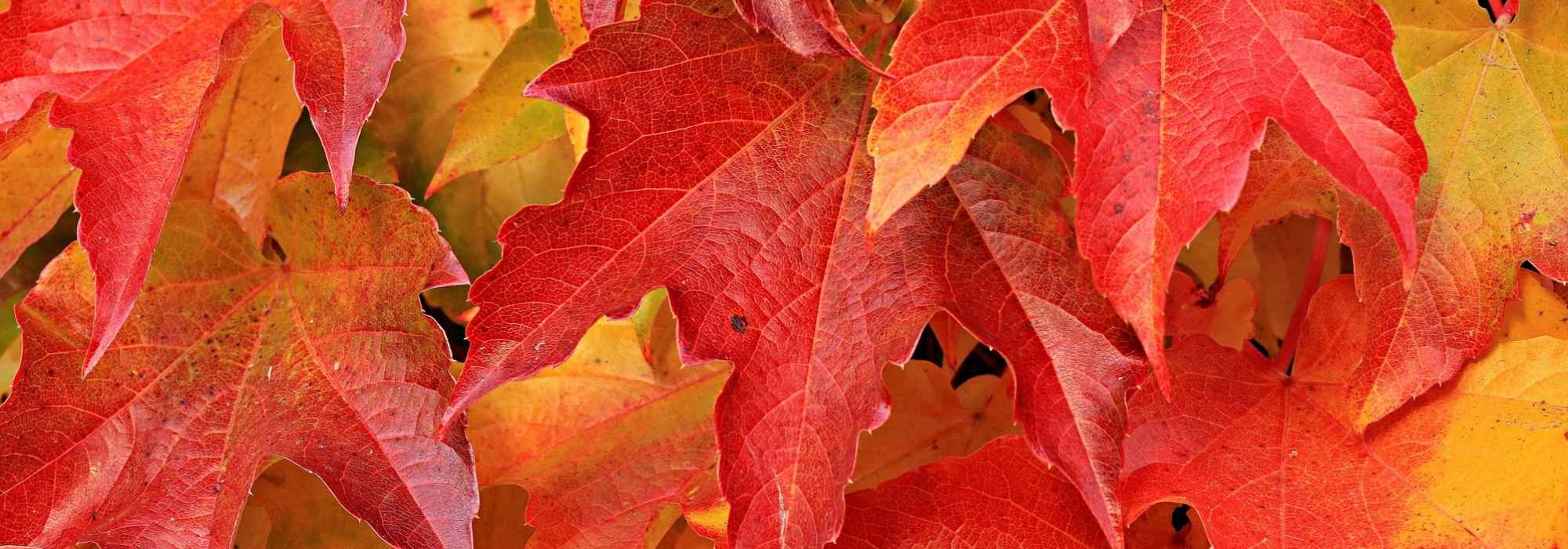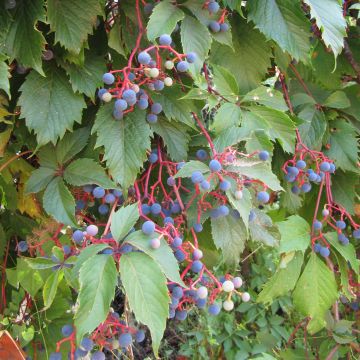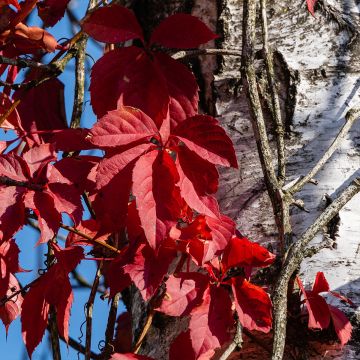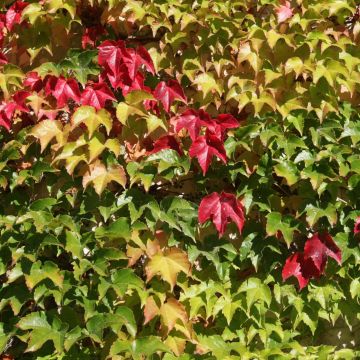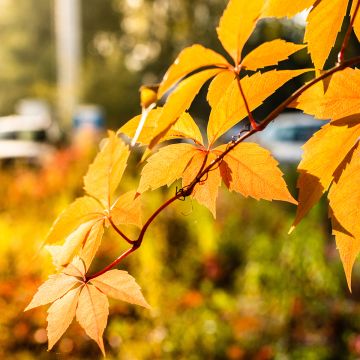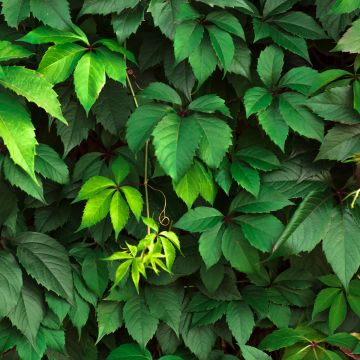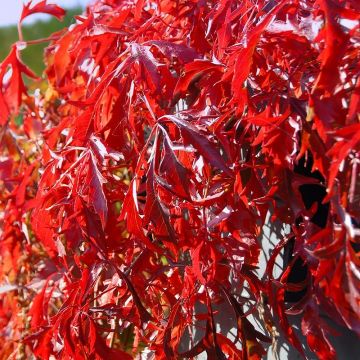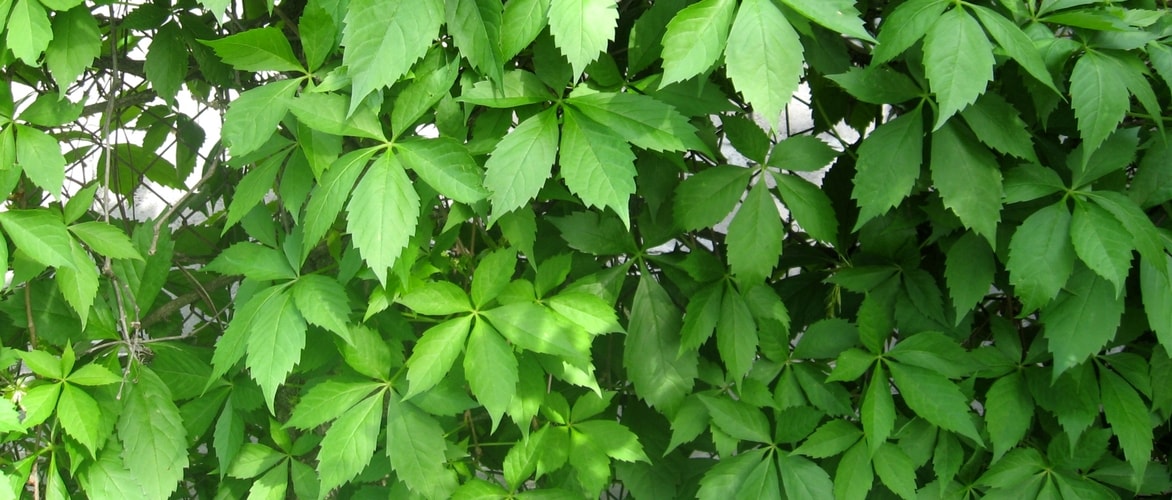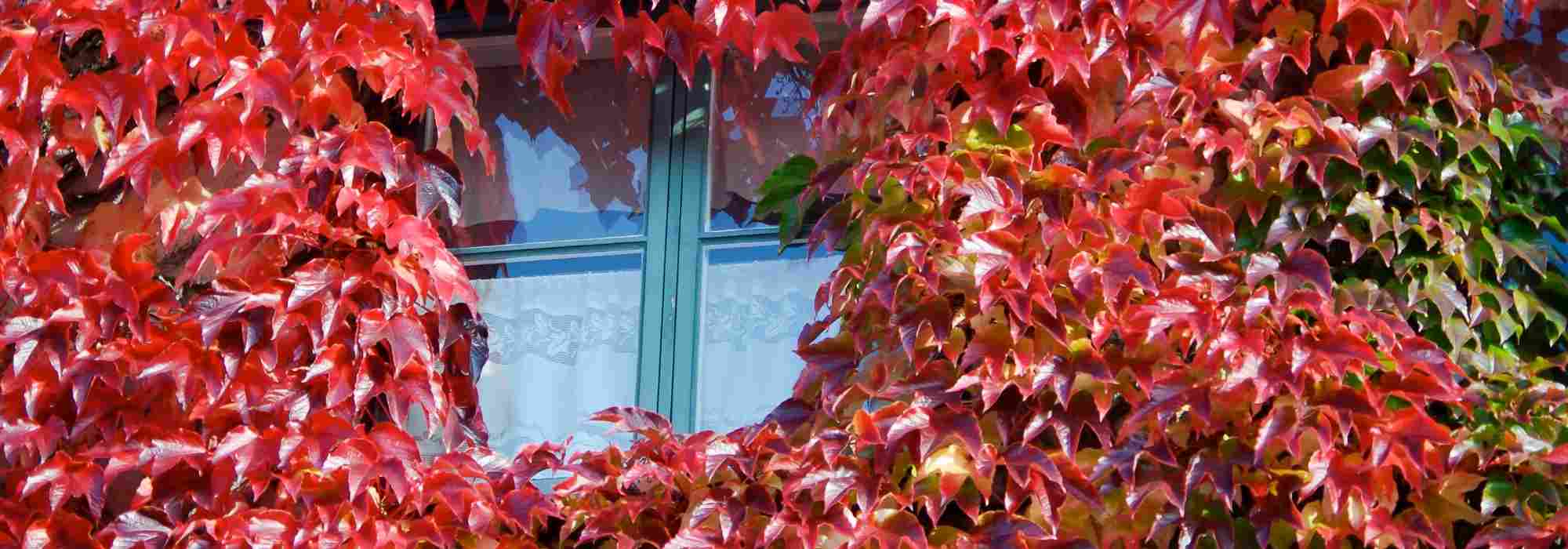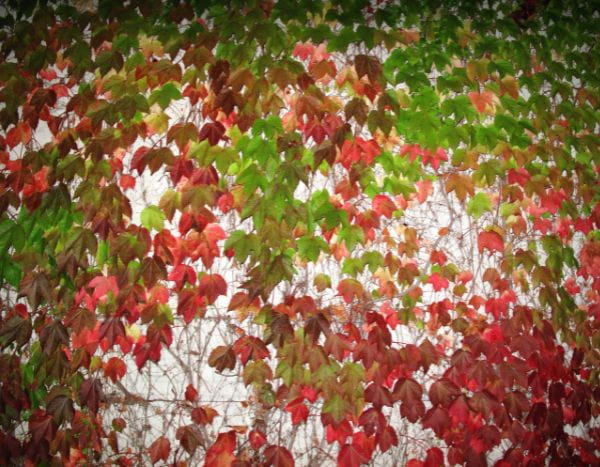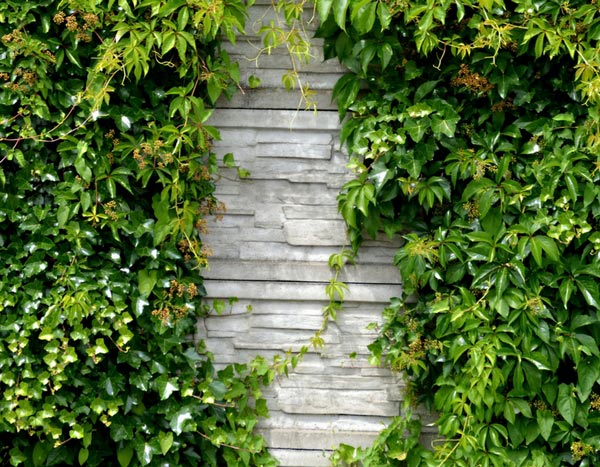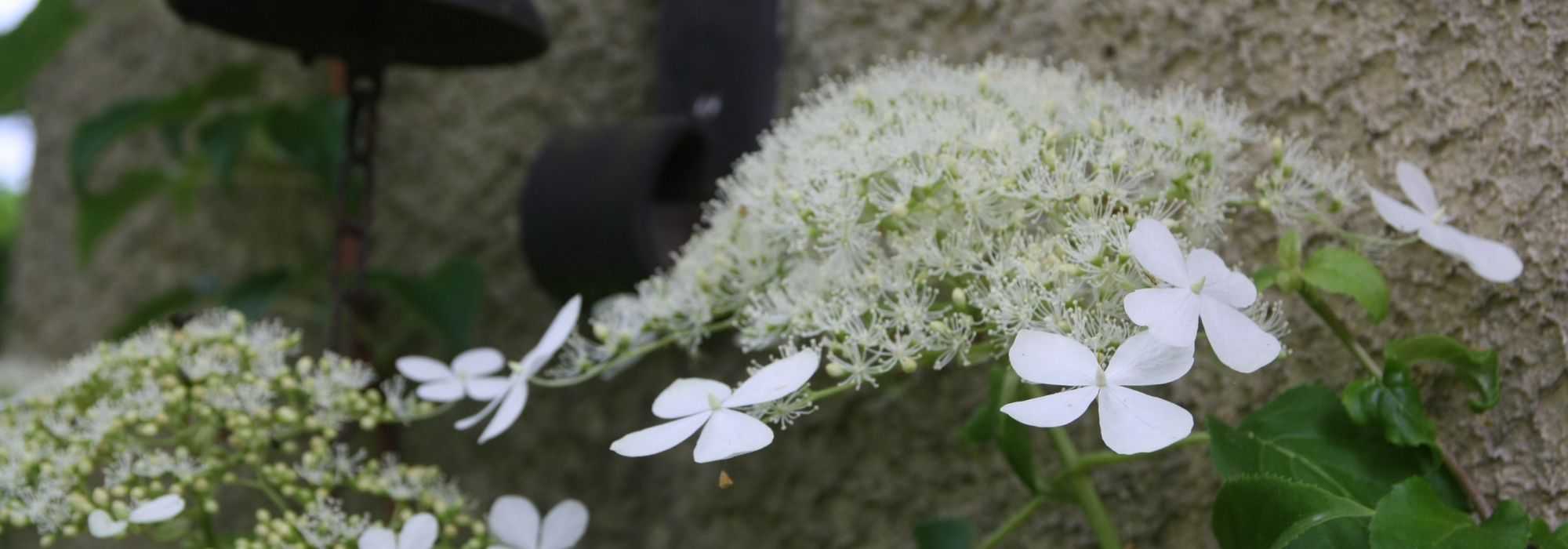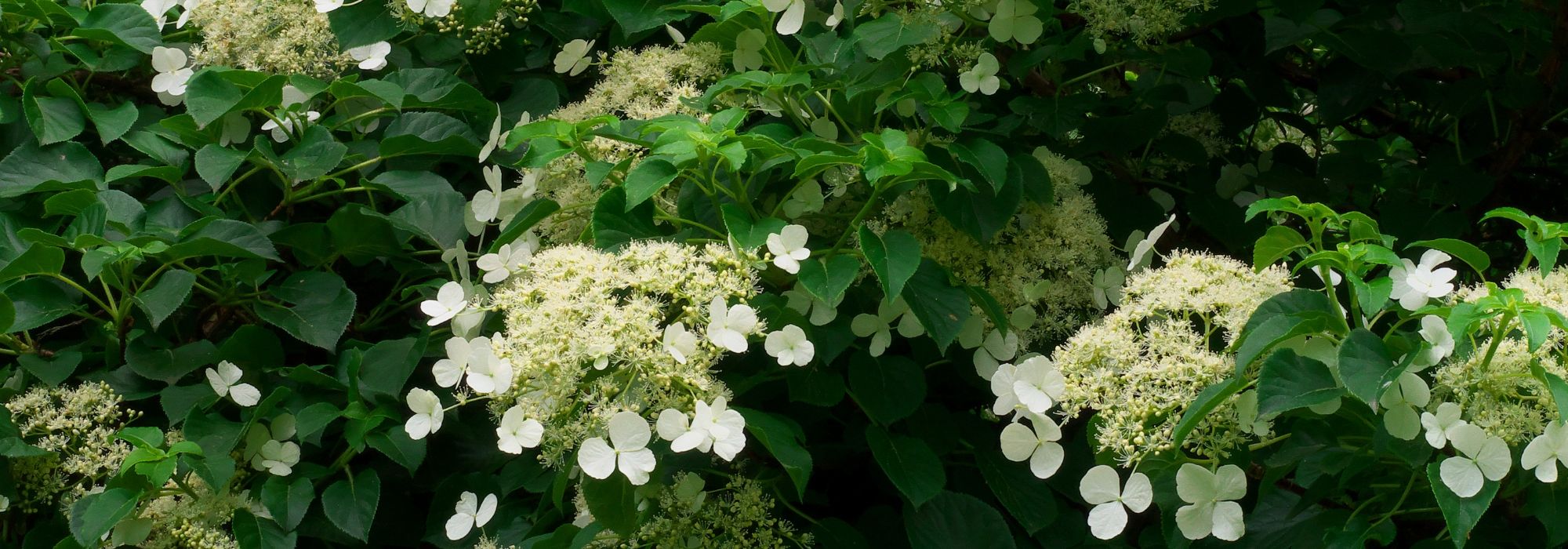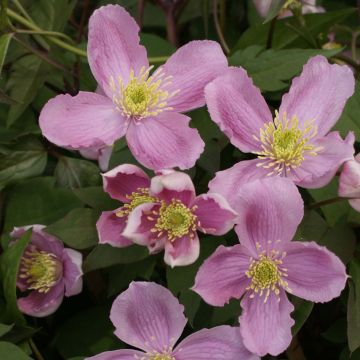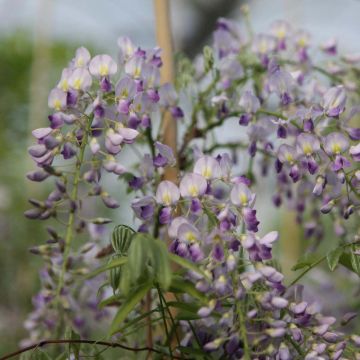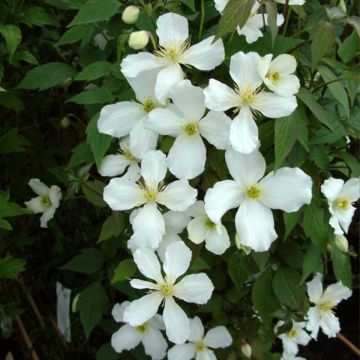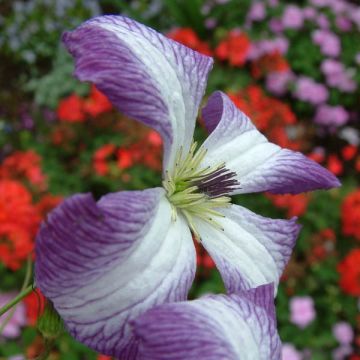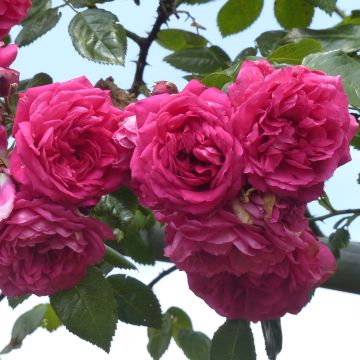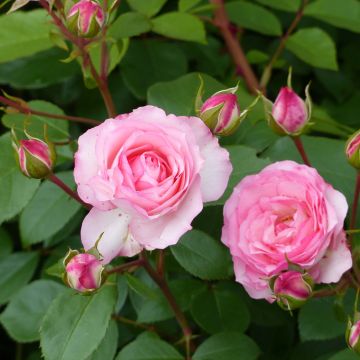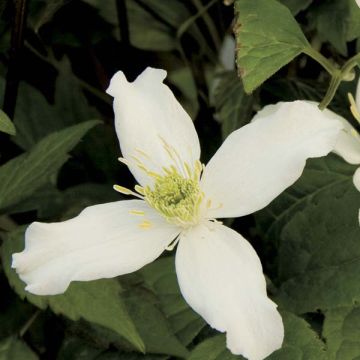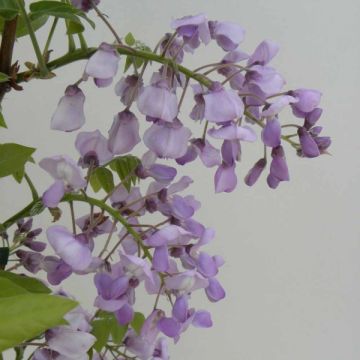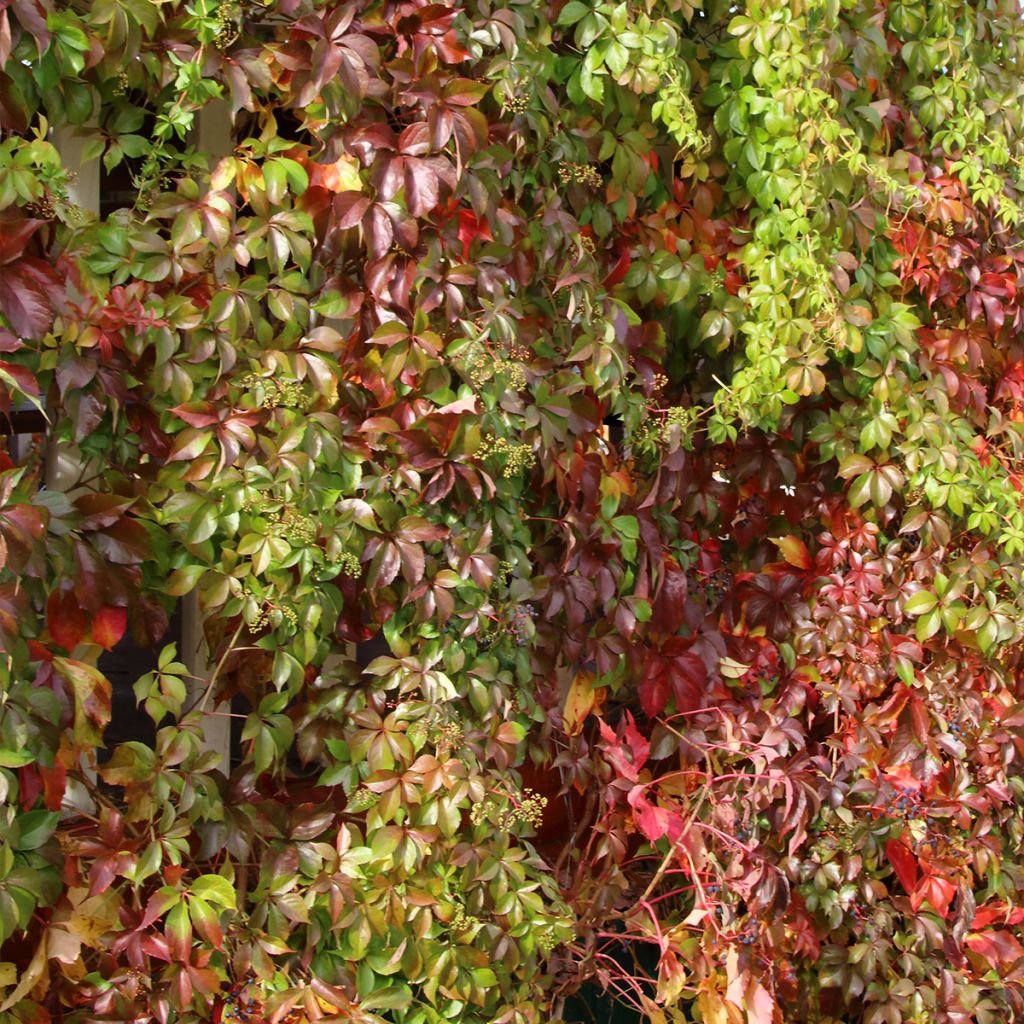

Parthenocissus quinquefolia Murorum - Virginia Creeper
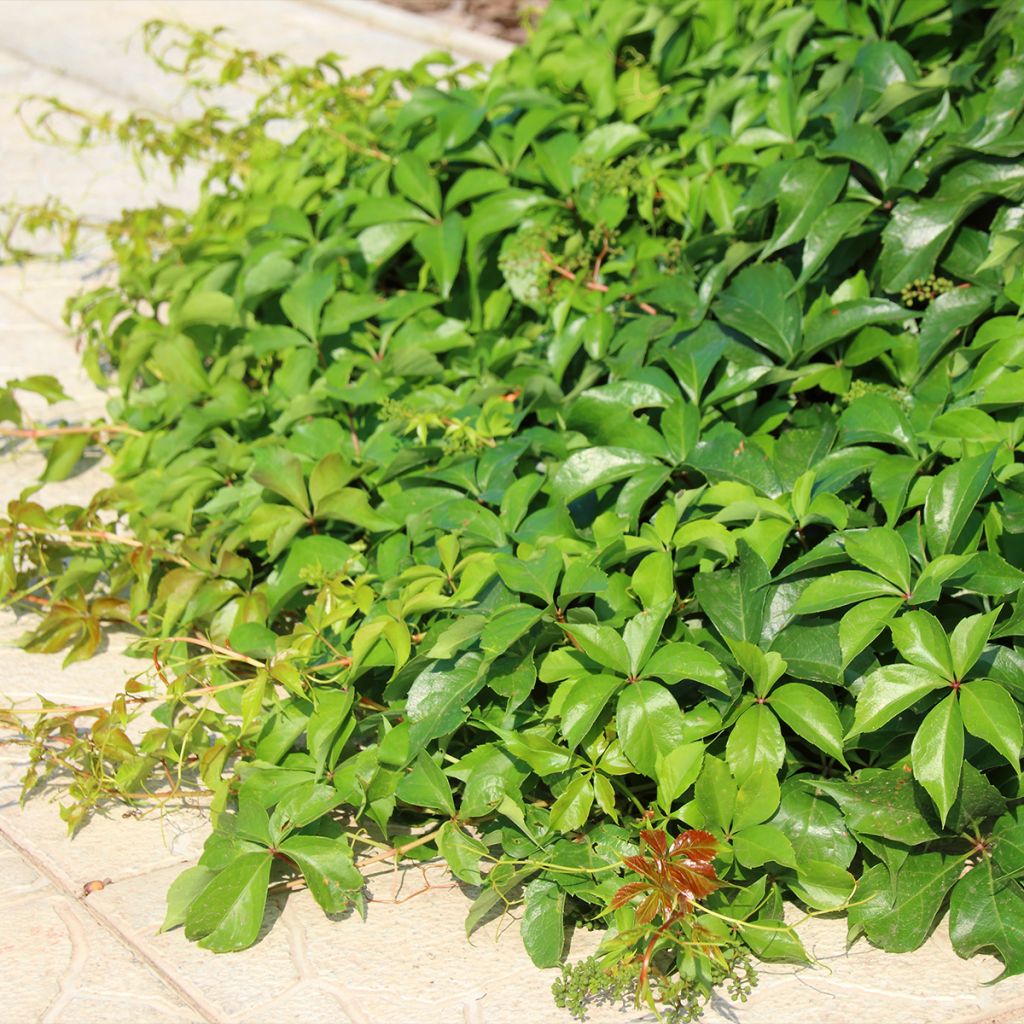

Parthenocissus quinquefolia Murorum - Virginia Creeper
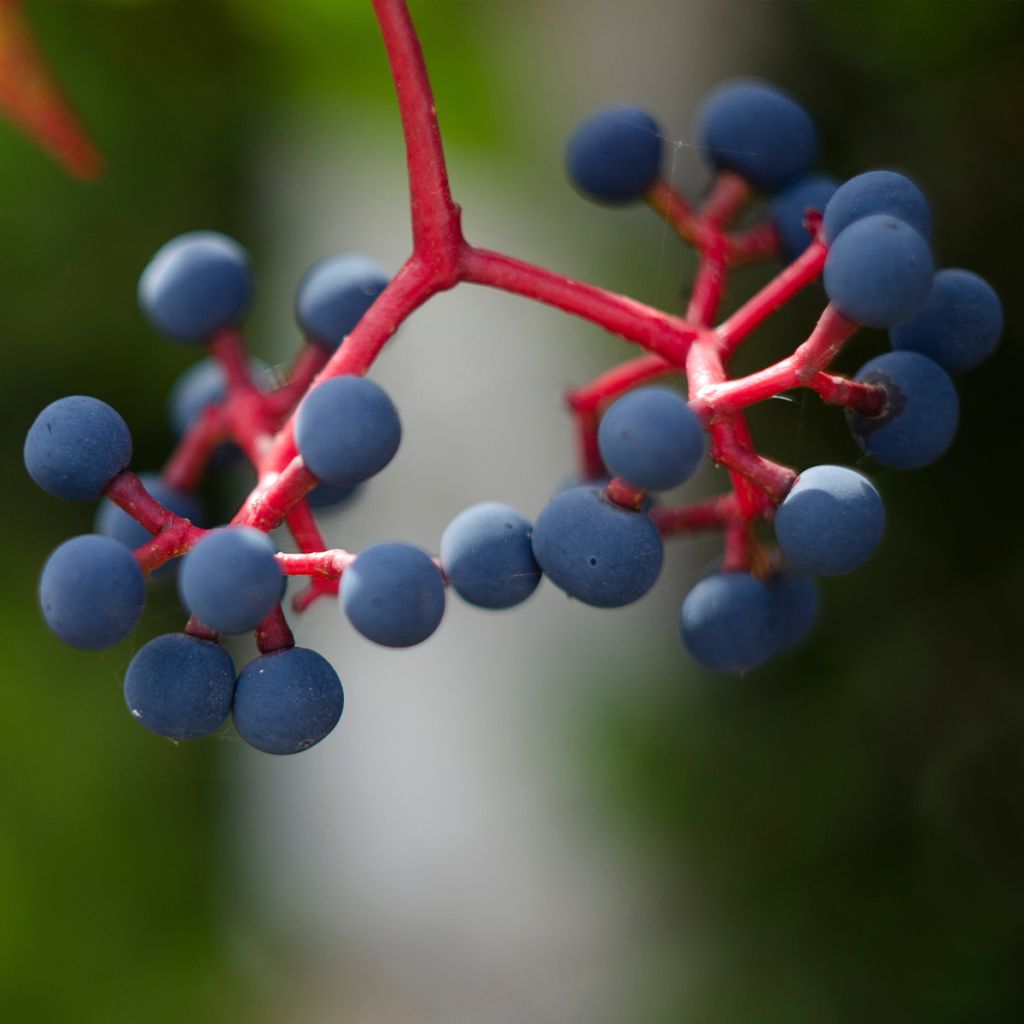

Parthenocissus quinquefolia Murorum - Virginia Creeper
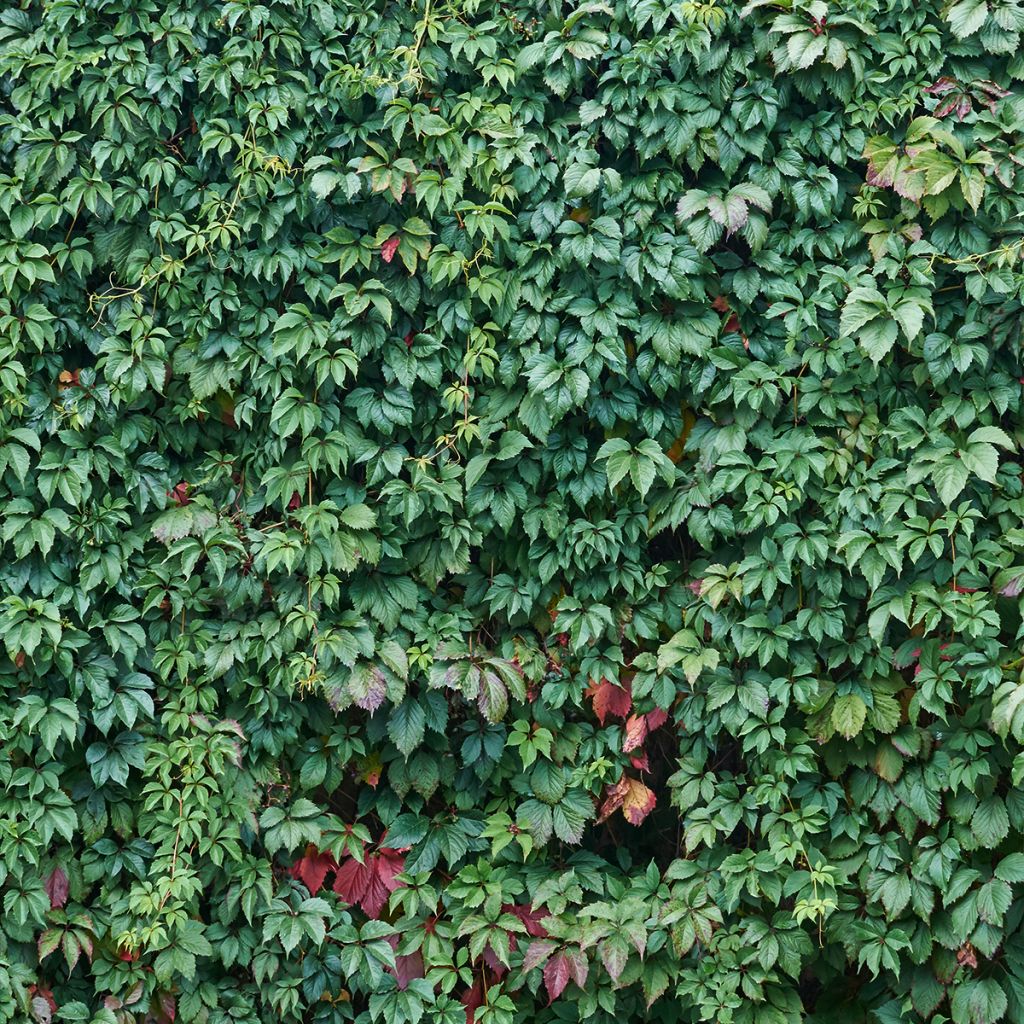

Parthenocissus quinquefolia Murorum - Virginia Creeper
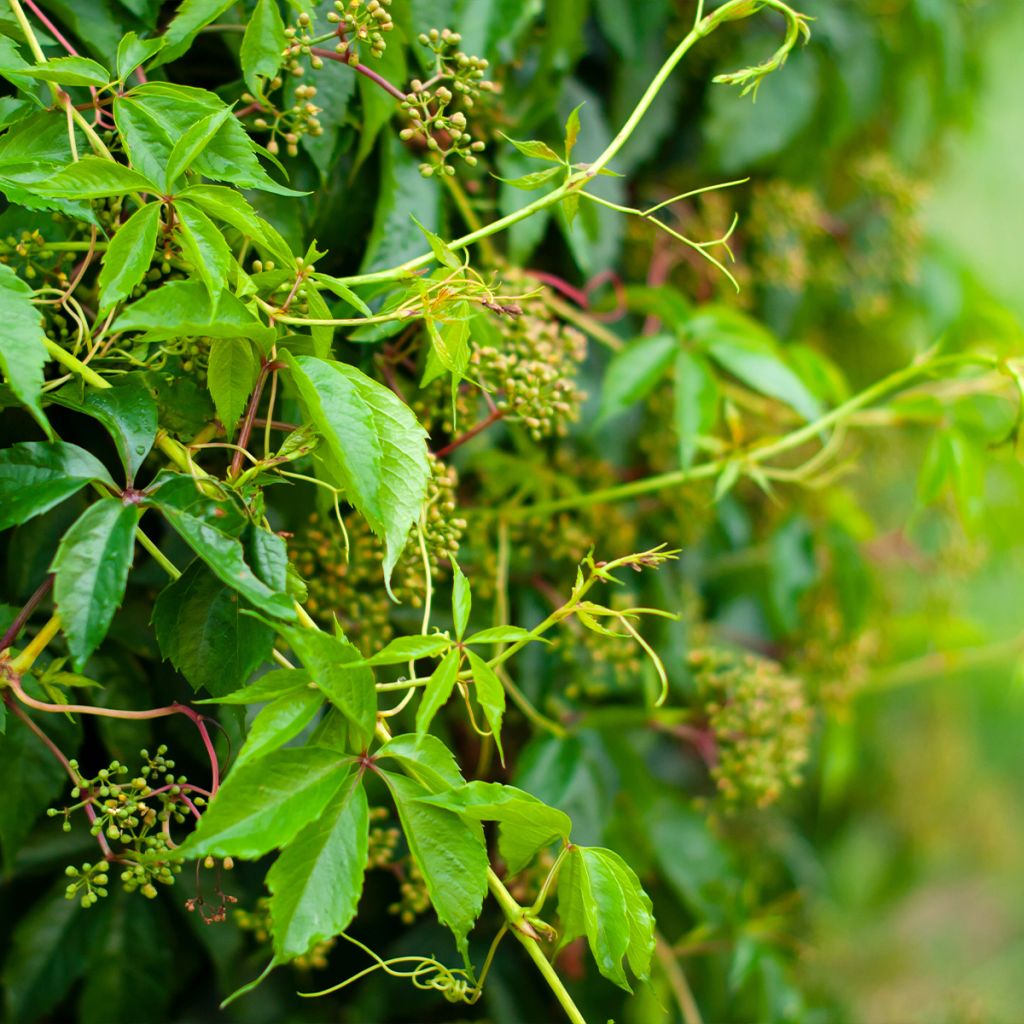

Parthenocissus quinquefolia Murorum - Virginia Creeper
Parthenocissus quinquefolia Murorum - Virginia Creeper
Parthenocissus quinquefolia Murorum
Virginia Creeper, Five-leaved Ivy, American Ivy
Special offer!
Receive a €20 voucher for any order over €90 (excluding delivery costs, credit notes, and plastic-free options)!
1- Add your favorite plants to your cart.
2- Once you have reached €90, confirm your order (you can even choose the delivery date!).
3- As soon as your order is shipped, you will receive an email containing your voucher code, valid for 3 months (90 days).
Your voucher is unique and can only be used once, for any order with a minimum value of €20, excluding delivery costs.
Can be combined with other current offers, non-divisible and non-refundable.
Home or relay delivery (depending on size and destination)
Schedule delivery date,
and select date in basket
This plant carries a 6 months recovery warranty
More information
We guarantee the quality of our plants for a full growing cycle, and will replace at our expense any plant that fails to recover under normal climatic and planting conditions.
Would this plant suit my garden?
Set up your Plantfit profile →
Description
The Parthenocissus quinquefolia 'Murorum' or Virginia Creeper is a non-adhesive climbing plant with tendrils equipped with suction cups that allow it to cling to any available support without damaging it. Its delicate foliage, composed of 5 leaflets, remains a beautiful shiny green throughout the season. Its flowering is quite insignificant, but in autumn, the plant reveals its decorative interest as the foliage turns red in a spectacular blaze. This hardy variety is particularly easy to grow and thrives in all exposures and in any well-drained and deep soil.
The Parthenocissus quinquefolia, also known as Ampelopsis quinquefolia, Vitis quinquefolia, or Virginia Creeper, is a plant from the Vitaceae family. This botanical group includes numerous climbers such as Tetrastigma voinieranium, which covers huge surfaces in French botanical gardens. It is also, of course, the family of one of the most economically important plants, Vitis vinifera, otherwise known as the wine grape vine and its many varieties. The Parthenocissus quinquefolia is a sarmentous shrub native to North America, widespread in Canada, the United States (Minnesota to Florida), Mexico, and Guatemala. This indomitable and very hardy Virginia Creeper has naturalised in many countries, including France and England.
The 'Murorum' variety, or Wall Virginia Creeper, is a less vigorous form, but with even more delicate and elegant foliage that turns even more vibrant in autumn. This fast-growing climber can reach up to 8m (26ft) in height, or even more, with a spread of 4 to 5m (13 to 16ft). It has deciduous leaves with 5 toothed leaflets, beautifully arranged at 360° around the petiole. The flowering, which is quite insignificant, occurs around June, and is followed by small blue-black fruits, non-edible for mammals, loved by birds. The foliage, a beautiful medium green with a glossy appearance, transforms in autumn, taking on shades of orange that quickly turn to scarlet red. This flamboyant display is a superb spectacle every year, enchanting any garden. On the stem, opposite the point of leaf attachment, either a tendril or a cluster of flowers develops. Each tendril has 7 to 8 branches that curve to form a small hook. Upon contact with a support, this small hook can form a ball secreting sticky substances. Thanks to its suction cups, this climber can cover a wall without damaging it or climb up the trunk of a large tree to create a valuable scene in a wilderness-inspired garden. This Virginia Creeper is hardy down to -25°C (-13°F) and grows in deep, preferably clayey soil, in shaded, semi-shaded, or even sunny locations. The foliage tends to lose its brightness in full sun. Once established, the plant can tolerate drought, allowing it to be planted on the edges of a large garden, in a somewhat wild spot, on a shaded slope that is never watered, even in the Mediterranean. Pruning can be done freely in any season to maintain the plant within its space. Generous, ample, and resplendent, the Parthenocissus quinquefolia 'Murorum' is an easy-to-grow climber that is ornamental and also very useful for covering walls and facades in all regions, thanks to its thermal regulation properties for buildings.
This Parthenocissus can be planted alongside another large climbing plant that can withstand its competition, such as the stunning 'Kiftsgate' rambling rose with its impressive vigour and simple white flowers. It will also attract attention in autumn by forming a dazzling colour contrast if allowed to ascend a yellow-coloured tree, such as the famous Ginkgo biloba, the maidenhair tree, whose fan-shaped leaves are recognisable anywhere. And to create sensation throughout the year, the association with a Cercidiphyllum, the caramel tree, will be regal, as its foliage changes colour throughout the seasons. Unfortunately, while the Parthenocissus can grow at a rate of 2m (7ft) per year, the same cannot be said for these trees... patience will be required!
Parthenocissus quinquefolia Murorum - Virginia Creeper in pictures
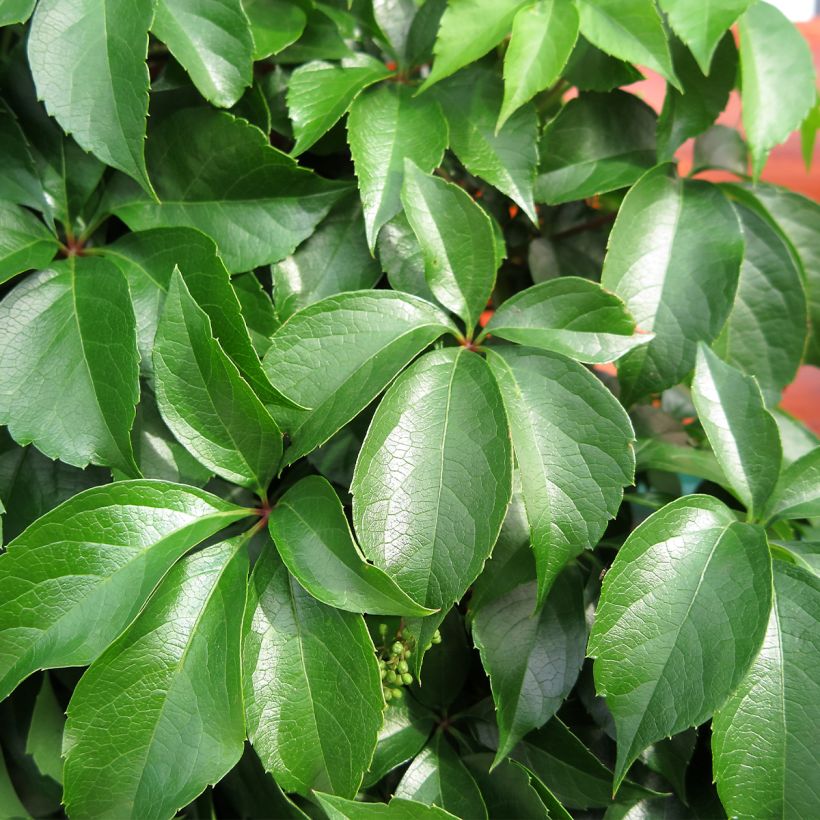



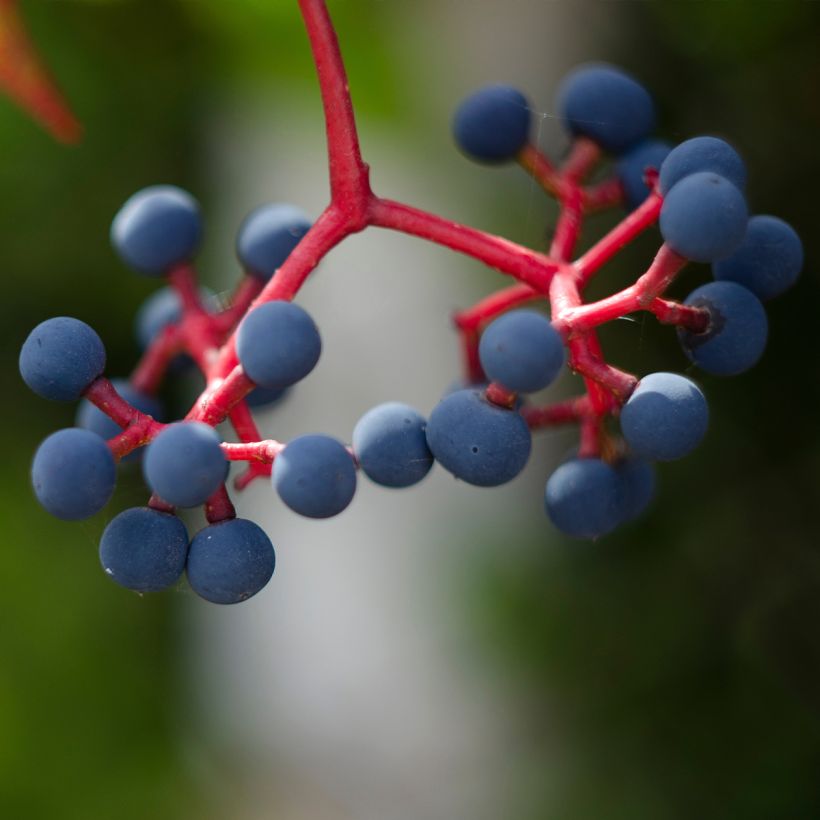

Plant habit
Flowering
Foliage
Botanical data
Parthenocissus
quinquefolia
Murorum
Vitaceae
Virginia Creeper, Five-leaved Ivy, American Ivy
Cultivar or hybrid
Other Parthenocissus - Virginia Creeper
View all →Planting and care
The Parthenocissus quinquefolia 'Murorum' can be planted in autumn or spring in a deep, well-tilled, moist and well-drained soil in a shady or semi-shady location. Once established, the plant can do without watering in all regions. Be careful not to damage the root ball! Train the young plants until they can cling on their own. Monitor the growth of this very invasive climbing plant (especially near gutters that it could block), and pinch the misdirected voluble stems. Prune as needed to maintain the plant within its space. The cuttings taken in autumn root very well in a shady exposure, barely buried, kept horizontally under a stone or a brick (experimental and personal technique, accidentally tested thanks to the intervention of a brave pet dog, a bit of a gardener...)
Planting period
Intended location
Care
Planting & care advice
This item has not been reviewed yet - be the first to leave a review about it.
Similar products
Haven't found what you were looking for?
Hardiness is the lowest winter temperature a plant can endure without suffering serious damage or even dying. However, hardiness is affected by location (a sheltered area, such as a patio), protection (winter cover) and soil type (hardiness is improved by well-drained soil).

Photo Sharing Terms & Conditions
In order to encourage gardeners to interact and share their experiences, Promesse de fleurs offers various media enabling content to be uploaded onto its Site - in particular via the ‘Photo sharing’ module.
The User agrees to refrain from:
- Posting any content that is illegal, prejudicial, insulting, racist, inciteful to hatred, revisionist, contrary to public decency, that infringes on privacy or on the privacy rights of third parties, in particular the publicity rights of persons and goods, intellectual property rights, or the right to privacy.
- Submitting content on behalf of a third party;
- Impersonate the identity of a third party and/or publish any personal information about a third party;
In general, the User undertakes to refrain from any unethical behaviour.
All Content (in particular text, comments, files, images, photos, videos, creative works, etc.), which may be subject to property or intellectual property rights, image or other private rights, shall remain the property of the User, subject to the limited rights granted by the terms of the licence granted by Promesse de fleurs as stated below. Users are at liberty to publish or not to publish such Content on the Site, notably via the ‘Photo Sharing’ facility, and accept that this Content shall be made public and freely accessible, notably on the Internet.
Users further acknowledge, undertake to have ,and guarantee that they hold all necessary rights and permissions to publish such material on the Site, in particular with regard to the legislation in force pertaining to any privacy, property, intellectual property, image, or contractual rights, or rights of any other nature. By publishing such Content on the Site, Users acknowledge accepting full liability as publishers of the Content within the meaning of the law, and grant Promesse de fleurs, free of charge, an inclusive, worldwide licence for the said Content for the entire duration of its publication, including all reproduction, representation, up/downloading, displaying, performing, transmission, and storage rights.
Users also grant permission for their name to be linked to the Content and accept that this link may not always be made available.
By engaging in posting material, Users consent to their Content becoming automatically accessible on the Internet, in particular on other sites and/or blogs and/or web pages of the Promesse de fleurs site, including in particular social pages and the Promesse de fleurs catalogue.
Users may secure the removal of entrusted content free of charge by issuing a simple request via our contact form.
The flowering period indicated on our website applies to countries and regions located in USDA zone 8 (France, the United Kingdom, Ireland, the Netherlands, etc.)
It will vary according to where you live:
- In zones 9 to 10 (Italy, Spain, Greece, etc.), flowering will occur about 2 to 4 weeks earlier.
- In zones 6 to 7 (Germany, Poland, Slovenia, and lower mountainous regions), flowering will be delayed by 2 to 3 weeks.
- In zone 5 (Central Europe, Scandinavia), blooming will be delayed by 3 to 5 weeks.
In temperate climates, pruning of spring-flowering shrubs (forsythia, spireas, etc.) should be done just after flowering.
Pruning of summer-flowering shrubs (Indian Lilac, Perovskia, etc.) can be done in winter or spring.
In cold regions as well as with frost-sensitive plants, avoid pruning too early when severe frosts may still occur.
The planting period indicated on our website applies to countries and regions located in USDA zone 8 (France, United Kingdom, Ireland, Netherlands).
It will vary according to where you live:
- In Mediterranean zones (Marseille, Madrid, Milan, etc.), autumn and winter are the best planting periods.
- In continental zones (Strasbourg, Munich, Vienna, etc.), delay planting by 2 to 3 weeks in spring and bring it forward by 2 to 4 weeks in autumn.
- In mountainous regions (the Alps, Pyrenees, Carpathians, etc.), it is best to plant in late spring (May-June) or late summer (August-September).
The harvesting period indicated on our website applies to countries and regions in USDA zone 8 (France, England, Ireland, the Netherlands).
In colder areas (Scandinavia, Poland, Austria...) fruit and vegetable harvests are likely to be delayed by 3-4 weeks.
In warmer areas (Italy, Spain, Greece, etc.), harvesting will probably take place earlier, depending on weather conditions.
The sowing periods indicated on our website apply to countries and regions within USDA Zone 8 (France, UK, Ireland, Netherlands).
In colder areas (Scandinavia, Poland, Austria...), delay any outdoor sowing by 3-4 weeks, or sow under glass.
In warmer climes (Italy, Spain, Greece, etc.), bring outdoor sowing forward by a few weeks.






























